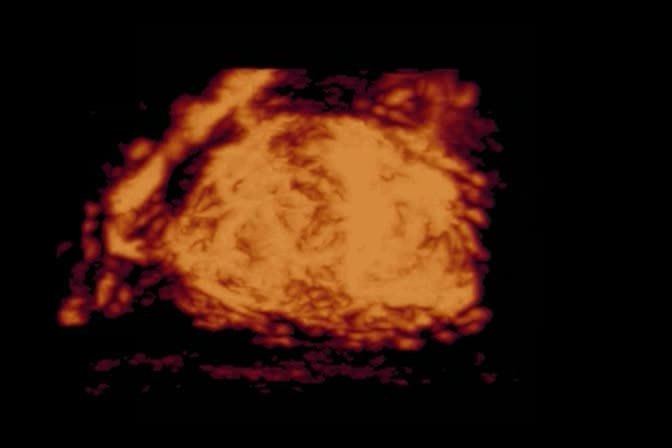 | ||
Hürthle Cell adenoma is a rare condition, often seen in women between the ages of seventy and eighty years old. This adenoma is often characterized by a mass of Hürthle cells. This mass is mostly benign, but may be malignant. If the mass is malignant, the mass is referred as a Follicular Thyroid Cancer or a Hürthle Cell Carcinoma.
Contents
Contents
Histology
Hürthle cells are characterized as enlarged epithelial cells. These cells, when stained are pink in color. This is due to the abundant mitochondria and granular eosinophils within the cells cytoplasm. These cells are often found in the Thyroid. The thyroid is a butterfly-shaped organ, responsible for producing various hormones and metabolism. These cells are often benign, but can be malignant and metastasize. Hürthle cells are resistant to radiation, but can be treated using radioactive iodine treatment.
Clinical Significance
Hürthle Cell adenoma is the benign case of Hürthle Cell Carcinoma. This adenoma is extremely rare, and is common in women. Often the adenoma is harmless but is removed after detection. This mass can be detected and removed before metastasis. The Tumor is often detected by imaging and ultrasound. The location and size of the tumor may cause pressure and pain to the patient. But often the tumor goes undetected. After detection, the mass is tested using an invasive fine needle aspiration biopsy.
History
The first Hürthle Cell Adenoma was discovered by Dr. James Ewing in 1928. Hürthle cells were discovered in 1894, and are named after Karl Hürthle.
Treatment
There are three main treatments for Hürthle Cell Adenomas. Once the adenoma is detected most often the nodules removed to prevent the cells from metastisizing. A total Thyroidectomy is often performed, this results in a complete removal of the thyroid. Some patients may only have half of their thyroid removed, this is known as a Thyroid Lobectomy. Another treatment option includes suppression of Thyroid Hormone. The Thyroid is responsible for producing TSH and other hormones. Patients that suppress their Thyroid hormones, need to consume a pill regularly to ensure levels of TSH are stabilized. The final treatment option is RAI or Radioactive Iodine Ablation. This treatment option is used to destroy infected thyroid cells after total Thyroidectomy. This treatment does not change prognosis of disease, but will diminish the recurrence rate. Also, Hürthle Cells do not respond to RAI. However often doctors suggest this treatment to patients with Hürthle Cell Adenoma and Hürthle Cell Carcinoma because some Hürthle cells will respond and it will kill remaining infected tissue.
